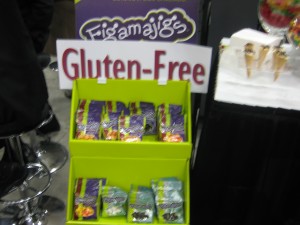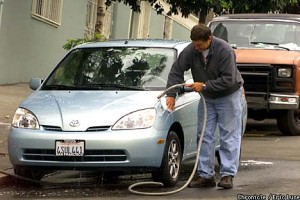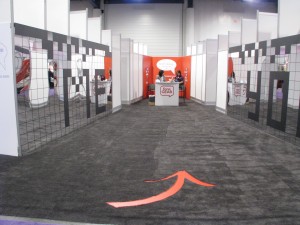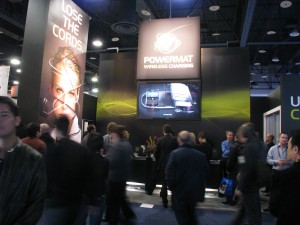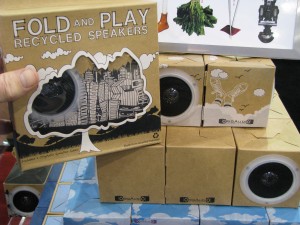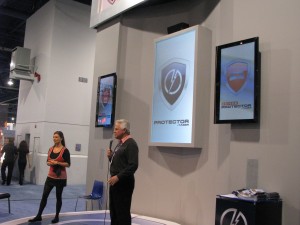I wasn’t too incensed about the dead battery on my Prius, just surprised, but after a bit of research I’m getting my dander up. Turns out, according to this article in the Toyota Pressroom blog, that the Prius battery has a 10 year warranty… EXCEPT for the first three model years that have only an 8 year warranty. (Mine died at 8 years and 8 months.) In other words, the earlier adopters who put their faith in Toyota and spread the word and built the Prius brand potentially get a $3700 repair invoice while later adopters would get a free replacement for the same problem.
I predict there is a bit of trouble ahead for Toyota if more owners see their batteries go south* and discover the company isn’t going to replace them. This is a classic example (getting back to marketing which is what this blog is supposed to be about) of taking your best customers for granted and treating them worse than your marginal customers.
Speaking of marketing, there are some other not-to-do’s worth learning from the Toyota Pressroom post. They acknowledge that “battery replacement in a Prius is neither as simple nor as inexpensive as replacing the battery in a conventional car.” That’s disingenuous because the massive and complex hybrid battery has no basis for comparison to the battery in a conventional car; in fact the Prius ALSO has a “conventional” battery. And they quote a bargain $2,299 for that replacement battery without mentioning that installation and tax at your Toyota dealer are going to add another, oh, $1400.
In a day when anyone can and does have access to your press releases, glossing over the pesky details is not a good idea. What exactly is this article trying to accomplish? How could anybody who actually has a battery problem not feel pissed? And how could any news source that picks it up, then later discovers the truth, avoid feeling duped?
* Fortunately for other early Prius owners, mine may be a fairly rare occurrence. According to the Driving Sports blog only 306 Prius batteries had failed as of 6/09, out of 750,000 installed. “The life of the battery pack is generally about the same as the life of the vehicle,” said Toyota’s Jeremiah Shown. Well, that’s good to know.
Ok, now I’ll stop. No more about Toyota. I promise. Maybe.
[UPDATE for new readers: Toyota has now paid for the replacement battery. Details here.]
